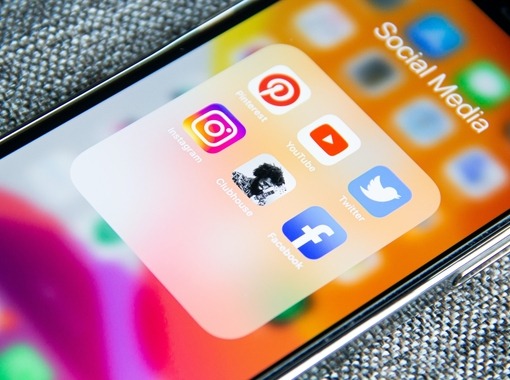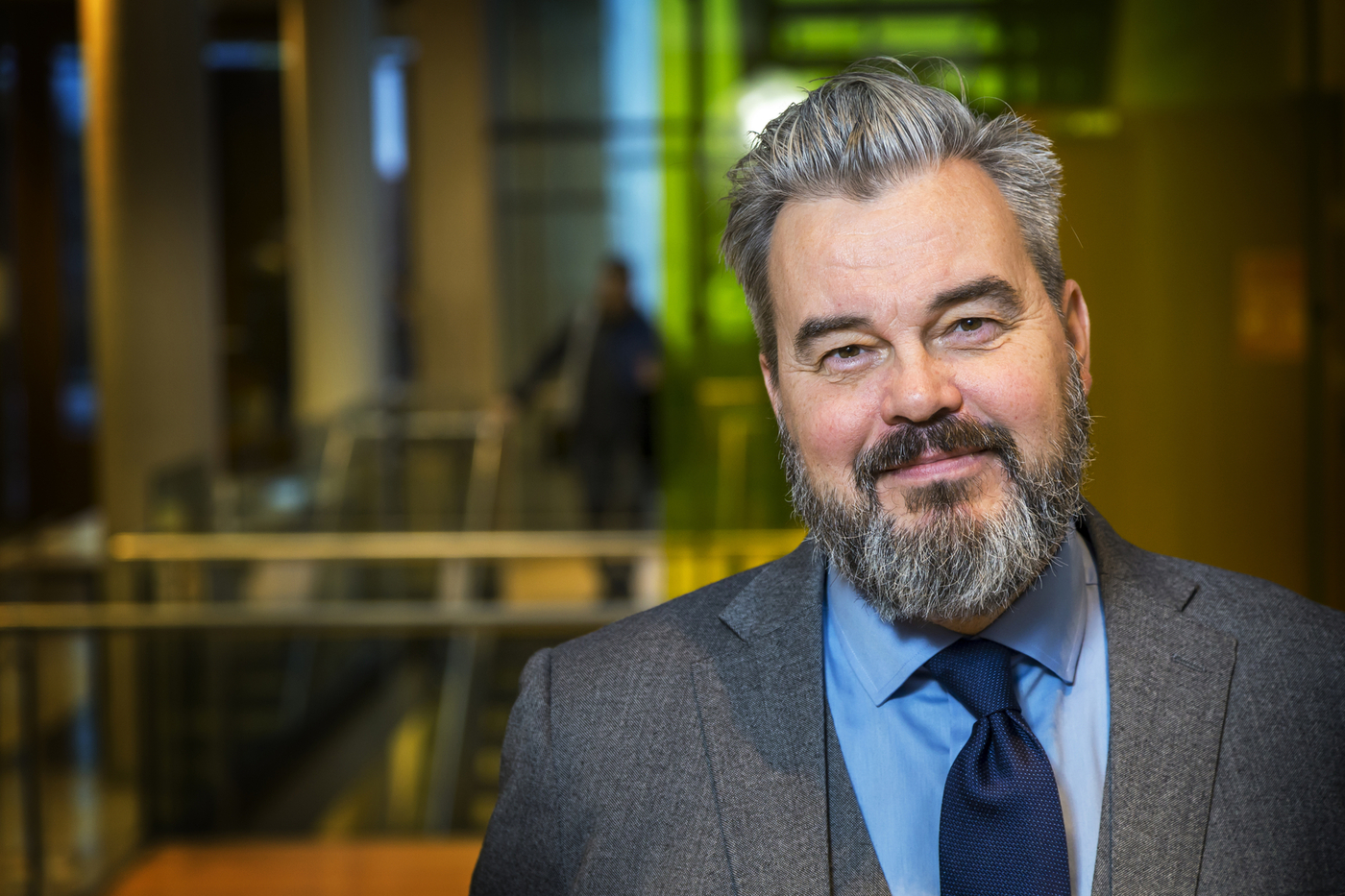"The study is on Social Media use among children and adolescents. The spark is of course the ubiquitous discussion on the harmfulness of these media; particularly when it comes to youths. Which in itself is striking seeing how the declared goal of social media is to increase people opportunities to connect and communicate."
So says Ársæll Már Arnarsson, professor at the University of Iceland's School of Education, who has attracted a lot of attention for his presence in the media in recent years. Ársæll has drawn attention to many of the main challenges in Icelandic society today; especially when it comes to children and young people.
Ársæll has tackled different aspects in his research such as humour and cruelty; which can, nonetheless, sometimes be intertwined as he himself has pointed out. When it comes to children and young people he considers diverse factors, many of them in fact quite mundane; factors that have an effect on well-being and health. Smart phones and social media are a part of this.
"Most of us use social media daily of our own free will. However, we are now in the position of wanting to limit their use as we believe they increase loneliness and decrease social skills. I love tackling such contradictions," says Áræll, who can draw from his experience dealing with cruelty and humour.
Use of social media can become out of control
Ársæll says that there have been indicators in recent years that individual use of social media can in some cases spin out of control, and even become obsessive.
He says these concerns have particularly been aimed at children and young people. He mentions the international study „Health Behaviour in School-aged Children (HBSC)“ in that respect. The study is supported by the World Health Organization (WHO) and studies the health and circumstances of 11 to 15 year old children in 45 countries, and is conducted every fourth year. Almost 300 thousand adolescents took part in the last research period during the winter 2017 - 2018. The survey included answers to questions on the intensity and problems associated with social media behaviour.
"The results indicate that the use of social media can be positive for young people and can help them form and maintain a connection with their friends. However, adolescents can, in some instances, lose control of their use of social media and then it becomes harmful. One can but wonder whether the rich companies that run social media could not come up with solutions to this problem, or whether this harmful use is too important for their bottom line."

Harmful use has a negative impact on contentment
"The results show how young people use social media and their importance in their daily life," says Ársæll. "When studying adolescents who use social media you can divide them into two groups: On the one hand there is intense use which applies to about 35% of the participants, and on the other harmful use which applies to 7% of the participants. This division in two is important as harmful use resembles any other addiction, and has a negative correlation with various variables that measure well-being. Whereas intense use has a positive impact on the same variables. In most countries there was a positive connection between intense use of social media and the adolescents' feeling of support from their friends."
Harmful use, however, has a negative impact on adolescents' happiness in most countries according to Ársæll.
"The results indicate that the use of social media can be positive for young people and can help them form and maintain a connection with their friends. However, adolescents can, in some instances, lose control of their use of social media and then it becomes harmful. One can but wonder whether the rich companies that run social media could not come up with solutions to this problem, or whether this harmful use is too important for their bottom line."




